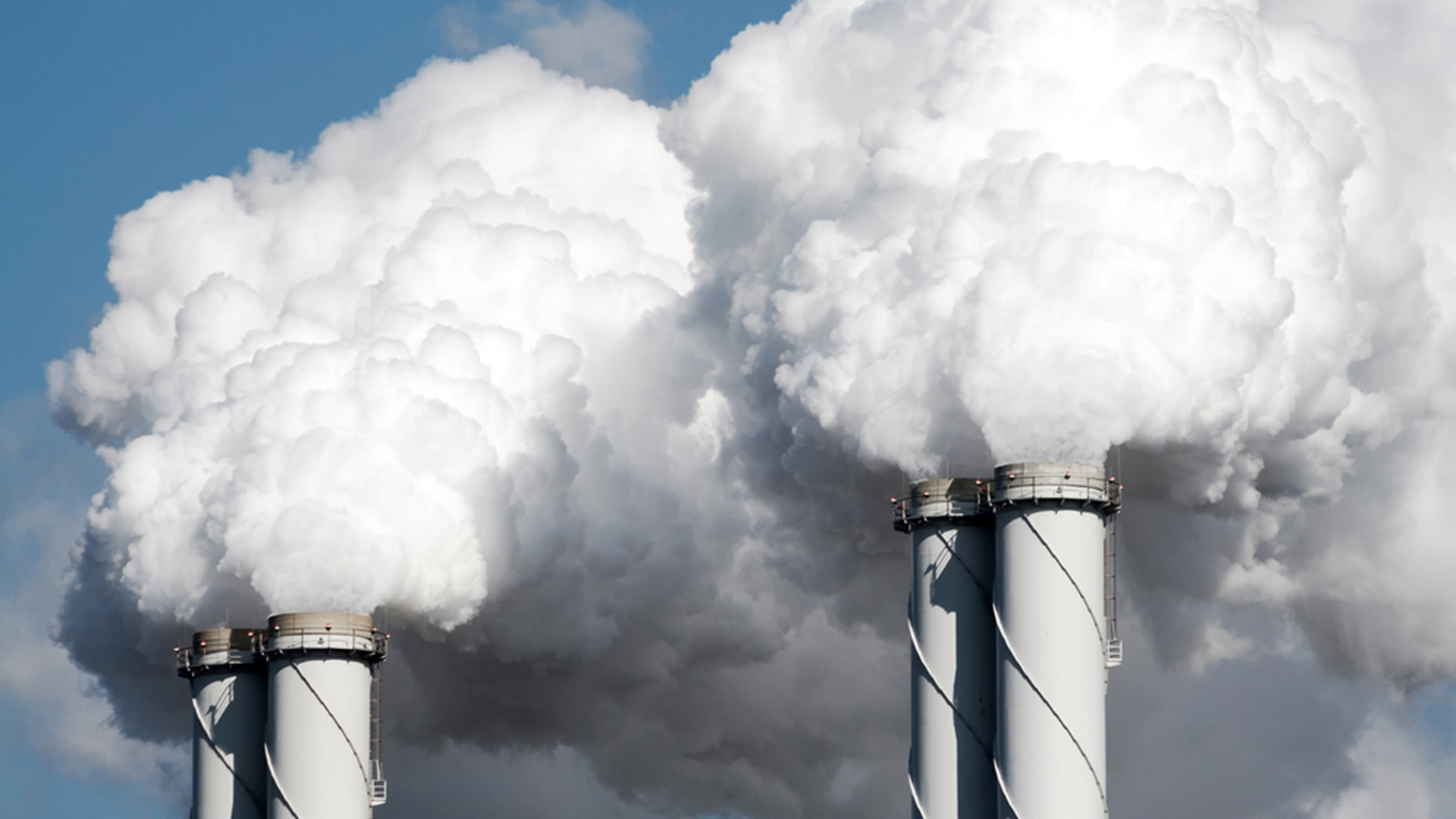Introduction
The Government has published, and is calling for responses to, its Discussion Paper: King Review - Safeguard Crediting Mechanism (Discussion Paper). The Discussion Paper is relevant to Australian companies that operate greenhouse gas emitting facilities covered by the Safeguard Mechanism. The Safeguard Crediting Mechanism is a proposed emissions crediting scheme that will operate alongside the Safeguard Mechanism.
Background
In October 2019, an expert panel, chaired by Grant King was commissioned by the Government to examine additional sources of low-cost carbon abatement (King Review). A recommendation of the King Review was to establish a ‘below-baseline crediting arrangement’ for large greenhouse gas emitting facilities that would provide credits to the operators of such facilities who reduce their emissions intensity by undertaking abatement projects. This recommendation was accepted by the Government, and the Discussion Paper is a step towards implementing that recommendation. It details how the Safeguard Crediting Mechanism is proposed to operate.
Safeguard Crediting Mechanism
The Safeguard Crediting Mechanism is intended to supplement the existing Australian emissions policy framework including the Safeguard Mechanism, and the Emissions Reduction Fund (ERF) (now known as the Climate Solutions Fund), with emissions reductions to be measured and verified using the National Greenhouse Energy Reporting scheme (NGER).
Safeguard Mechanism Credits
While the Safeguard Mechanism currently sets baseline limits on emissions, the Safeguard Crediting Mechanism will incentivise companies to reduce their emissions below those baselines. Under the scheme proposed by the Discussion Paper, facilities covered by the Safeguard Mechanism will be issued with Safeguard Mechanism Credits (SMCs) for reducing their emissions intensity below a crediting baseline by undertaking transformative abatement projects.
SMCs are intended to reflect the carbon offsetting principle of “additionality”. This means that SMCs will only be issued for reductions in emissions intensity, not simply through reducing production or because a facility’s emissions are lower than its baseline under the Safeguard Mechanism. This approach is intended to ensure that SMCs represent genuine additional carbon reductions.
The Discussion Paper calls for views on the ideal means of setting reference levels in emissions intensity from which reductions can be measured. It proposes methodologies, such as emissions buffers to ensure that normal fluctuations in emissions are not counted for the purposes of issuing SMCs. Further, the Discussion Paper considers “transformation statements”, which would be drafted by operators seeking SMCs and explain what transformative actions have been taken to reduce emissions, as a means of assessing genuine abatement.
The Discussion Paper calls for views on an appropriate crediting period for SMCs. A crediting period will limit the timeframe in which a particular low-carbon investment could generate SMCs. The Discussion Paper notes that the crediting period should strike a balance between encouraging operators to frequently upgrade to the latest, most carbon efficient technologies, while also avoiding the crediting period being so short, as to reduce the incentive for operators to participate altogether.
It is not established to what extent SMCs will be linked with obligations under the Safeguard Mechanism. The Discussion Paper proposes that to ensure emissions reductions achieved by the Safeguard Crediting Mechanism are not reversed after an operator has received SMCs, Safeguard Mechanism baseline limits for an operator may be adjusted to the level achieved during the crediting period. Alternatively, baselines would not be adjusted with reference to SMCs, and operators could revert to industry average baselines under the Safeguard Mechanism at any time.
Despite this interaction between the schemes, the Discussion Paper acknowledges that where necessary the schemes must be distinct to prevent double counting. It is intended that a carbon abatement project will not be able to generate both SMCs and Australian Carbon Credit Units (ACCUs). ACCUS are credits issued under the existing Australian scheme for offset projects implemented through the Carbon Credits (Carbon Farming Initiative) Act 2011, and may be surrendered to comply with the Safeguard Mechanism.
Purchasing and surrender
The Discussion Paper proposes that SMCs may be sold to the Government, used in the voluntary carbon market (ie by businesses or individuals wishing to offset their emissions), or surrendered to meet compliance obligations under the Safeguard Mechanism.
It is predicted that sale of SMCs to the Government through the Clean Energy Regulator (CER) will initially form the primary incentive for operators to participate. The Government committed $279.9 million in the 2021-22 Budget to establishing the Safeguard Crediting Mechanism. This amount allocates funds for the CER to purchase SMCs. For legislative simplicity, the Discussion Paper notes sales to the Government may follow the existing established purchasing principles and methods that the CER uses for the purchase of ACCUs. This system involves operators entering into forward contracts with the CER for the delivery of credits.
Sale of SMCs to private entities for the purpose of voluntary offsetting, or meeting renewable energy commitments is another possibility flagged by the Discussion Paper. Currently, there is demand from private entities for ACCUs, although as the Discussion Paper notes, this is primarily for ACCUs generated from activities with co-benefits such as savannah burning. Therefore, demand from private entities might not be as high for SMCs generated through reducing emissions intensity from emitting facilities.
Surrender of SMCs to meet Safeguard Mechanism compliance obligations is contemplated by the Discussion Paper. Currently ACCUs are the only prescribed carbon unit that entities may surrender. The Discussion Paper notes that if SMCs were to join ACCUs as a prescribed carbon unit, it could impact the market for ACCUs. However, as the demand for ACCUs for the purposes of meeting Safeguard Mechanism obligations is currently low, the Discussion Paper forecasts that the impact on ACCU price would be minimal.
Next steps
Submissions can be made online, and are due by 5 October 2021.
Submissions will be published online and considered by the Department of Industry, Science, Energy and Resources, which will then develop an exposure draft of the subordinate legislation necessary to implement the Safeguard Crediting Mechanism. There will be a further round of consultation on this subordinate legislation at a yet undetermined date.
The Discussion Paper proposes a pilot phase of the Safeguard Crediting Mechanism starting from 1 July 2022 for a period of two to three years.
How can we assist you?
For more information on participating in the Discussion Paper consultation process, or assistance with drafting a submission, please contact a member of our climate change and sustainability team.
This article was co-authored with Sebastian Withers.





